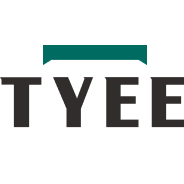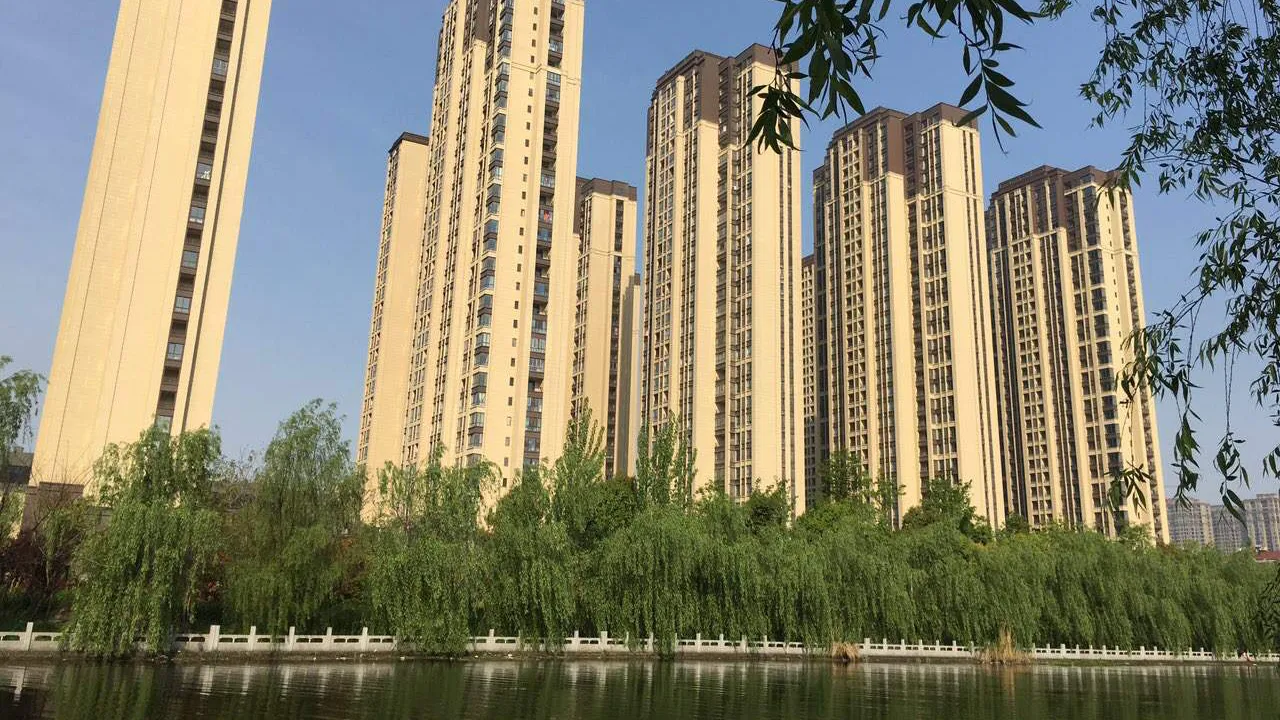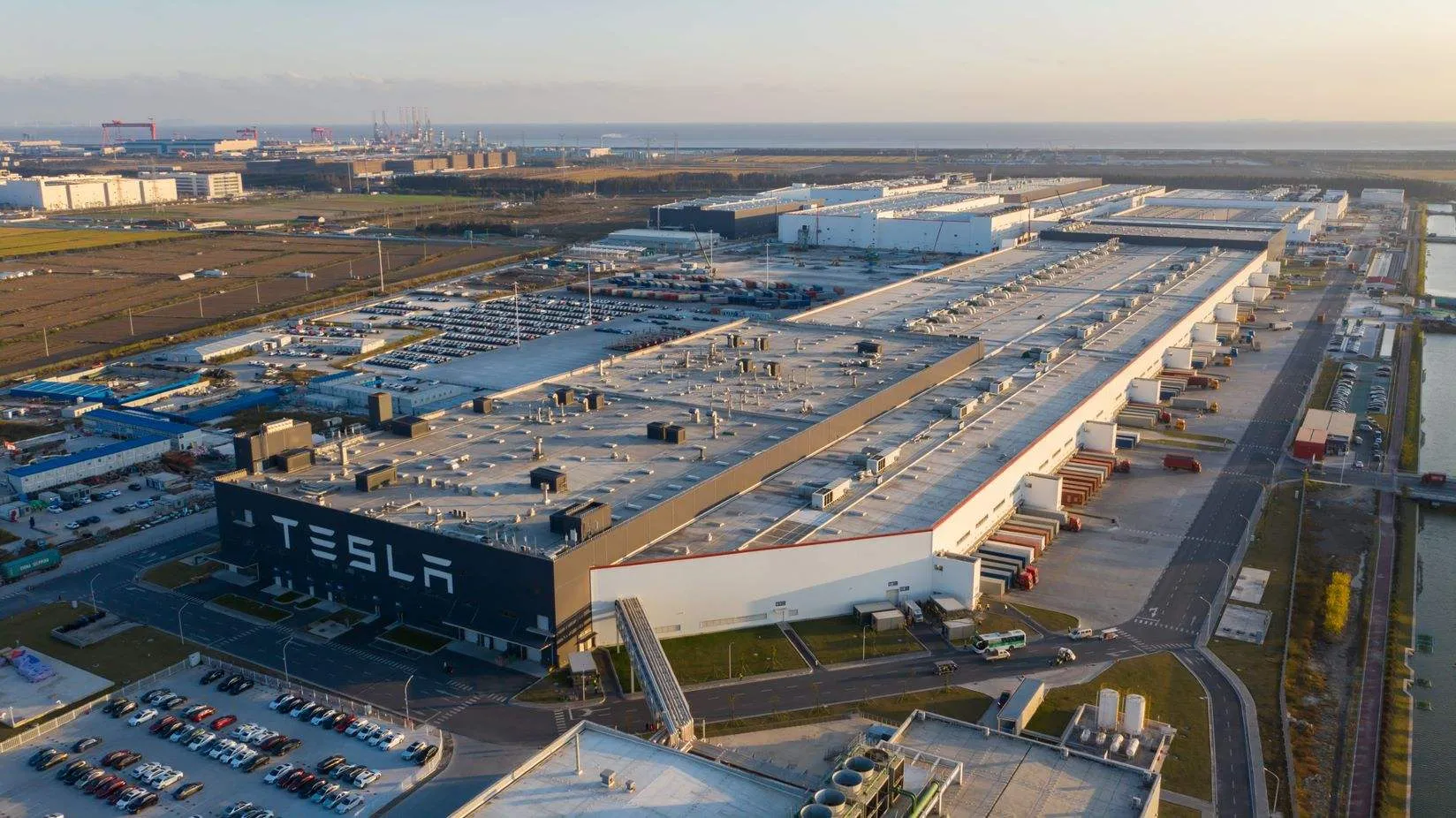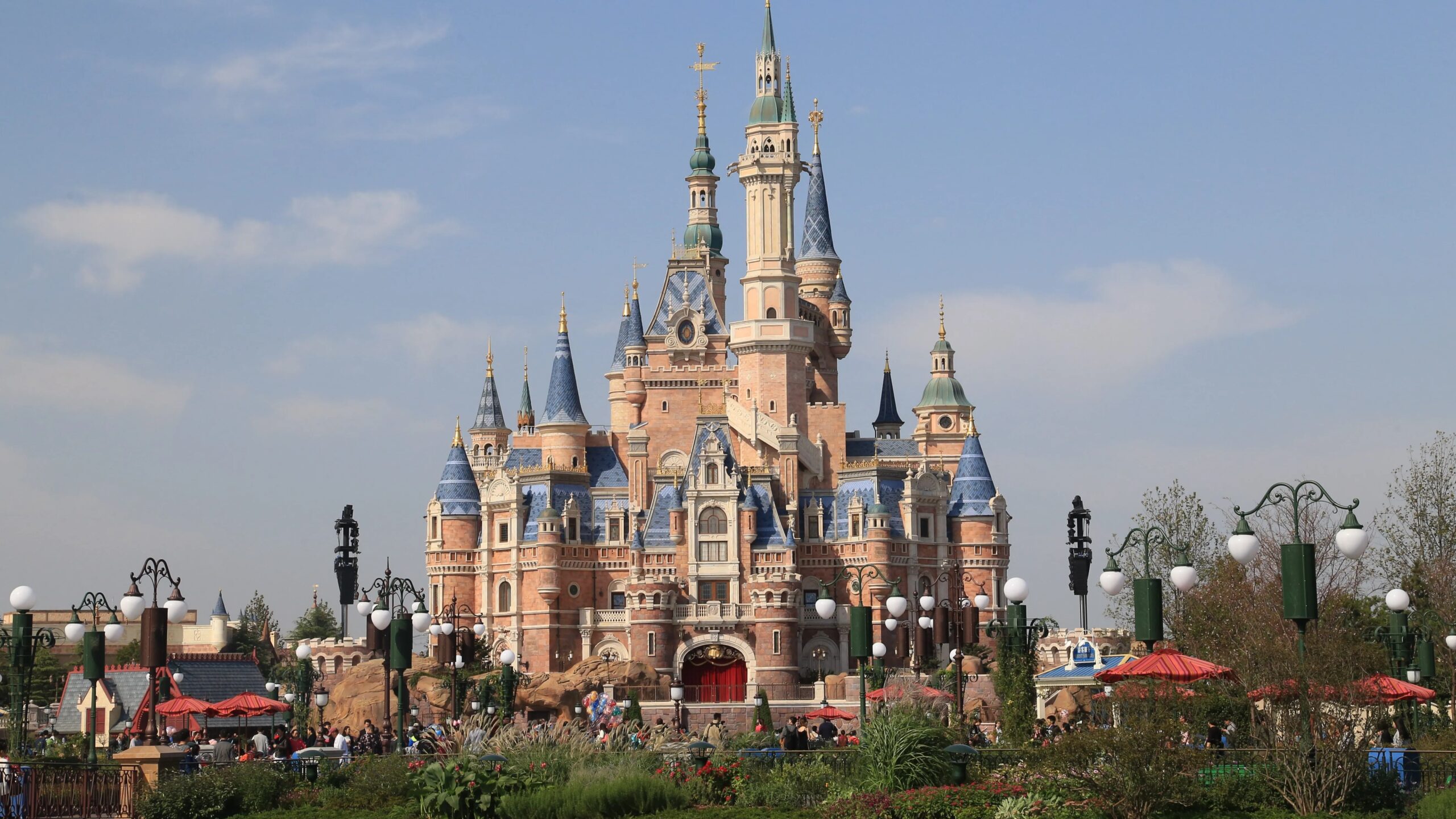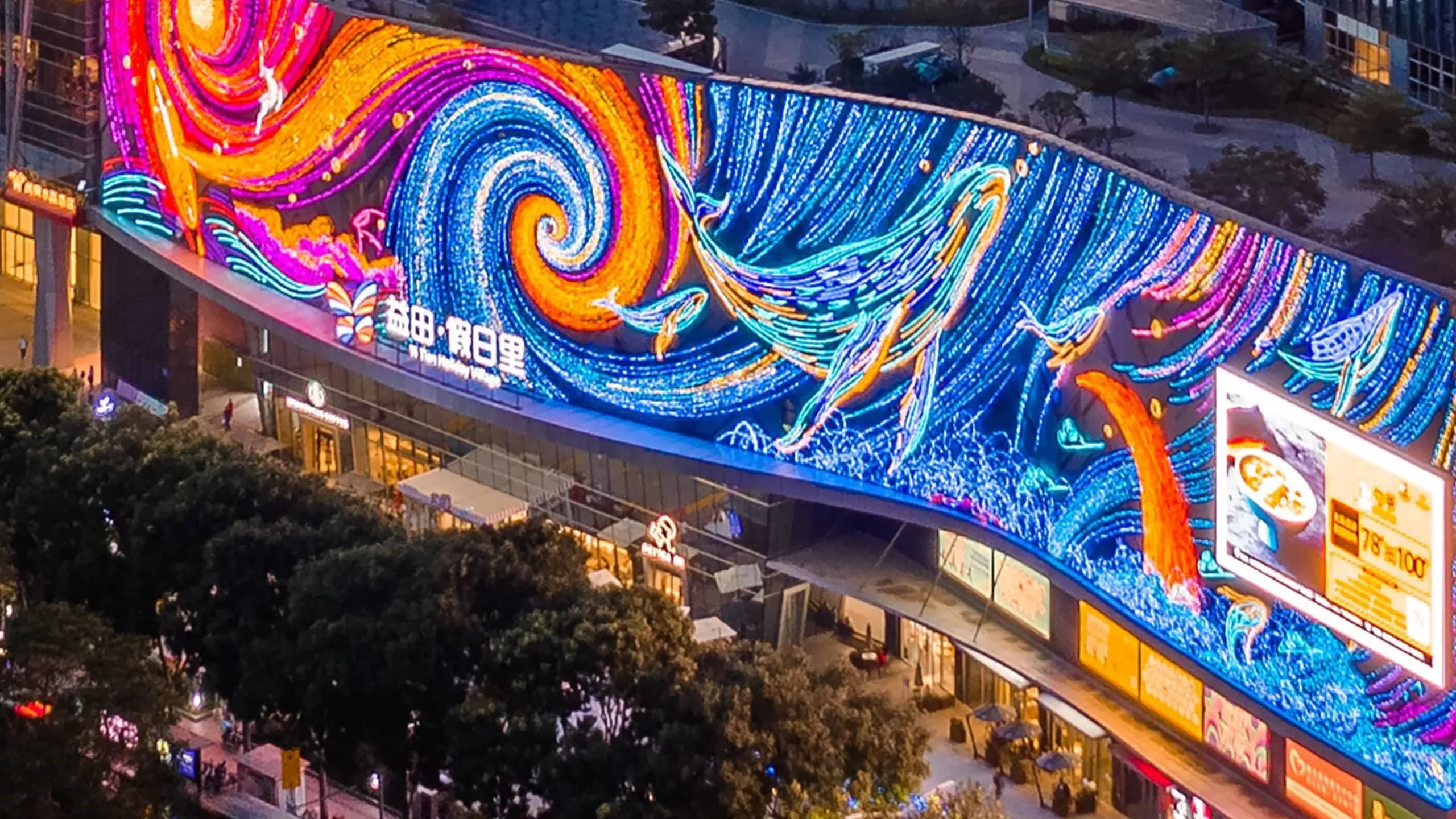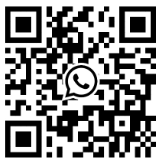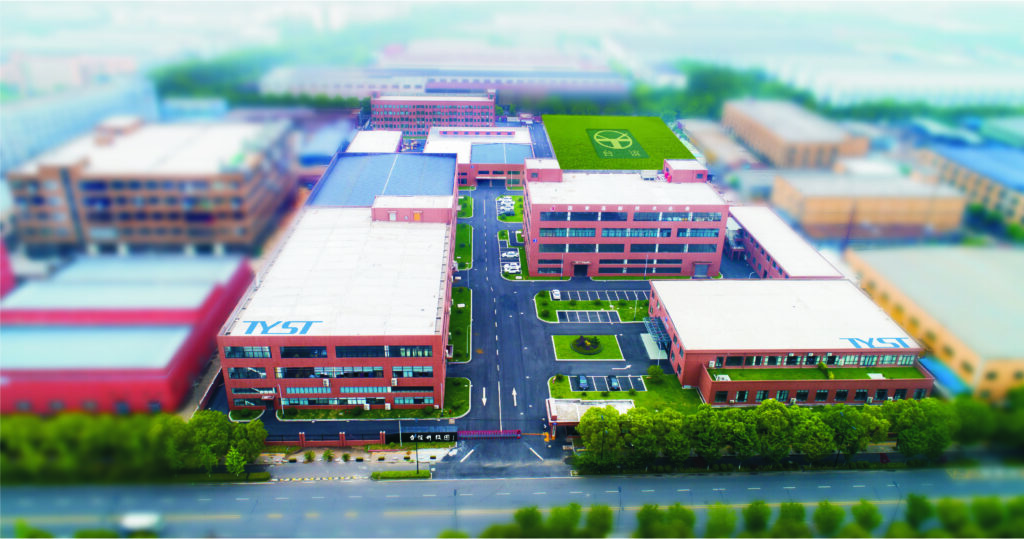
With the rapid advancement of urbanization, industrialization, and market development, the number of fire hazards and disaster-inducing factors is on the rise. Fire safety management in complex urban scenarios—such as high-rise buildings, metro systems, large commercial complexes, petrochemical facilities, and enterprise zones—has become increasingly challenging. The uncertainty and uncontrollability of fire incidents have grown, posing persistent difficulties for public fire safety governance.
Under the traditional firefighting model, fire prevention and emergency response largely rely on manual operations. Due to the varying qualifications of personnel, there are often delays and inaccuracies when identifying fire risks or reporting fire incidents. As a result, traditional fire protection tends to focus more on fire suppression rather than early prevention, typically by increasing equipment capacity or enhancing extinguishing capabilities to combat fires after they break out.
It is under these circumstances that the concept of smart firefighting emerged—fully utilizing a combined strategy of human-based defense, technical defense, and physical defense to build a more proactive, intelligent, and responsive fire safety ecosystem.
Tyee is a leader in intelligent fire alarm systems. They help keep people and buildings safe with trusted solutions.
Key Takeaways
-
TYEE “1+N” Smart Fire Protection Solution:
“1”: A unified Smart Fire Management Platform acts as the system’s brain, integrating data, monitoring, command, and decision-making.
“N”: Flexible subsystems and applications (e.g., smart alarms, electrical safety, water system monitoring, gas detection, IoT sensors, video integration, mobile inspection).
-
Five-Layer System Architecture: including User Layer, Application Layer, Service Layer, Transmission Layer, Perception Layer.
-
Integrated “Human + Technical + Physical” Defense leverages the synergy of personnel responsibility, intelligent platform functions, and IoT-enabled equipment to build a robust safety ecosystem. Powered by 5G, big data, cloud computing, and AI, the system enables real-time monitoring, rapid response, and coordinated command.
Intelligent Fire Alarm and Evacuation System Overview
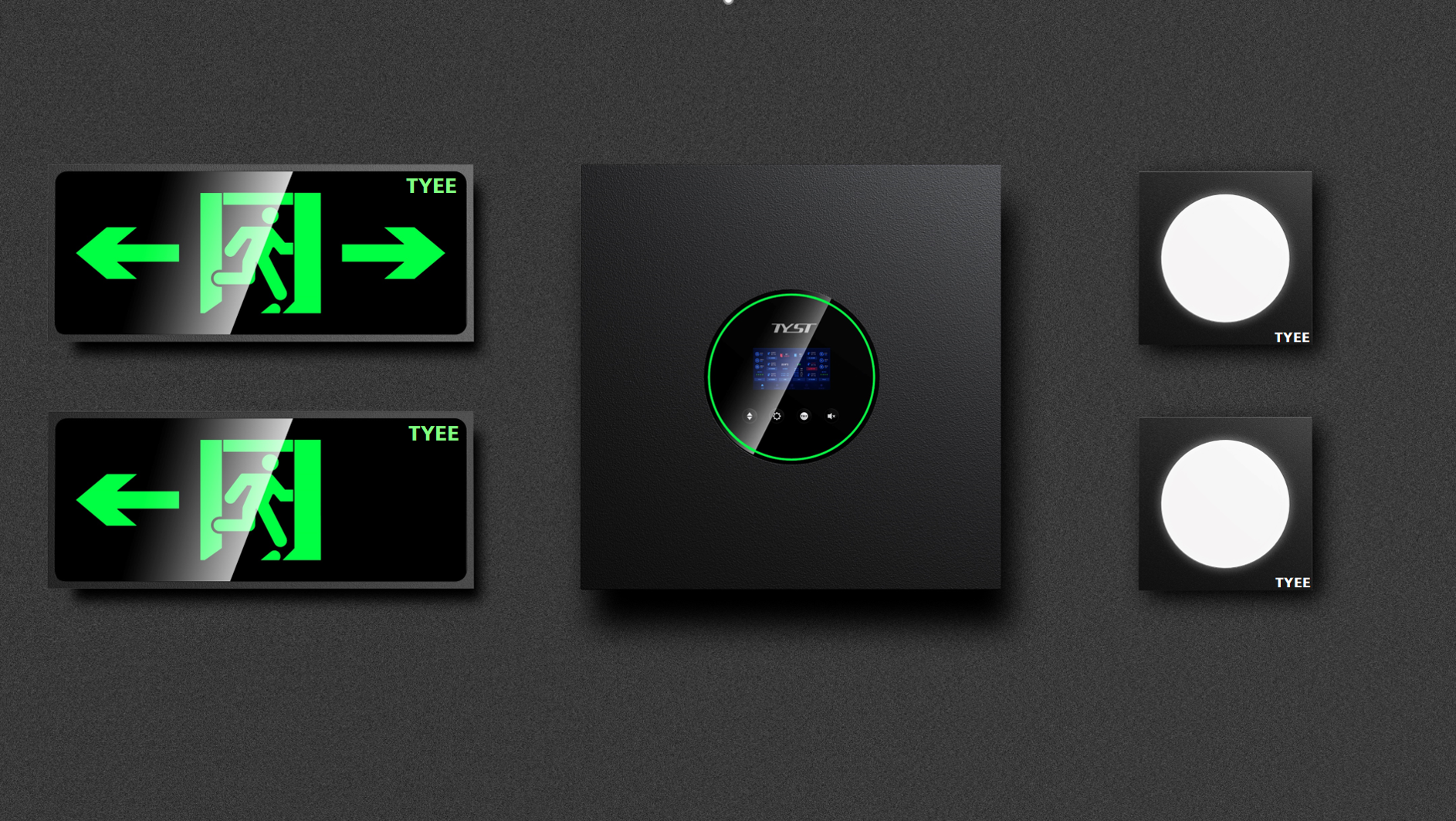
What Is an Intelligent Fire Alarm and Evacuation System?
It is important to know how an intelligent fire alarm works. This system uses advanced sensors and smart technology to find fires early. It does more than just make a loud noise. It can help people get out safely and help emergency teams act fast. Cities have many fire risks. Big buildings and crowded places make fire safety harder. Intelligent fire alarm systems use AI and real-time data to spot smoke, heat, or gas fast. They also help stop false alarms, so you only get alerts when there is real danger.
Look at the numbers below. They show how smart fire alarm system technology keeps people safe and saves lives:
|
Aspect Evaluated |
Quantitative Findings |
|---|---|
|
AI-driven predictive fire alarm accuracy |
99.99% accuracy, precision 1.00, recall 1.00, AUC-ROC near 1.00 |
|
Sensor data processed |
62,630 measurements across 15 ecological parameters (temperature, humidity, TVOC, CO2, particulate matter) |
|
Impact on false alarms |
Significant reduction in false alarm rates |
|
Evacuation optimization |
AI integration reduces bottlenecks and evacuation times, improves crowd movement |
|
Casualty probability increase (malfunctioning systems) |
From 0.05 to 0.7 when automatic fire alarm and sprinkler systems malfunction |
|
Economic loss probability increase |
From 0.21 to 0.65 under malfunctioning fire safety barriers |
These results prove that intelligent fire alarm and evacuation systems help a lot. They cut down on false alarms, help people leave faster, and lower the chance of getting hurt or losing things.
TYEE’s “1+N” Integrated Solution:
TYEE is a leader in fire alarm technology with its “1+N” integrated solution. You get a smart fire alarm system that links a main management platform (“1”) with many subsystems (“N”). This setup lets you watch, control, and react to fire risks right away. The main platform collects data from all over your building. It uses AI to check for risks and send alerts. The subsystems include intelligent fire alarm systems, smart electrical safety monitoring, and IoT-based sensors. You can make the system bigger or smaller to fit any building, from a small office to a huge stadium.
TYEE’s smart fire alarm system is special because it fits your needs. You can add more sensors or connect to other safety tools. The system lets you check your building’s safety from far away. This gives you peace of mind and helps you act quickly in emergencies.
Key Components
TYEE’s smart fire alarm system uses several key parts to keep you safe:
-
Fire alarm controllers: These are like the brain of the system. They gather data from all sensors and make choices.
-
Smoke and heat detectors: These sensors notice changes in the air or temperature. They help the system find fires early.
-
Manual call points: You can press these buttons to set off the alarm if you see a fire before the sensors do.
-
Sound and light alarms: These devices warn everyone in the building with loud sounds and flashing lights.
-
Display panels: These show live information about where the fire is and how the system is working.
-
Input/output modules: These link the fire alarm system to other building systems, like sprinklers or emergency lights.
This modular and expandable framework enables tailored solutions for different building types and fire safety needs—from commercial complexes and industrial parks to residential communities and public infrastructure.
Through seamless integration of personnel (human defense), technology (technical defense), and equipment (physical defense), Tyee’s 1+N solution achieves full-scenario coverage, real-time risk prevention, and intelligent incident response, greatly improving fire safety management in the digital era.
TYEE’s fire alarm technology has worked well in many real projects. For example, the Hangzhou Olympic Sports Expo City used TYEE’s emergency lighting and evacuation systems to guide thousands of people during drills. The Hangzhou Metro Line 3 used TYEE’s technology for fast detection and control, even with moving trains and dust. TYEE’s systems also protect airports, museums, and dams. You get high reliability, with system uptime over 99.9%. TYEE’s products meet strict quality rules and work well in hospitals, schools, and factories.
Note: TYEE’s smart fire alarm system uses AI, IoT, and digital communication to keep you safe. The company spends money on research and development to stay ahead of new risks. You can trust TYEE’s fire alarm systems for both small and big projects.
System Architecture
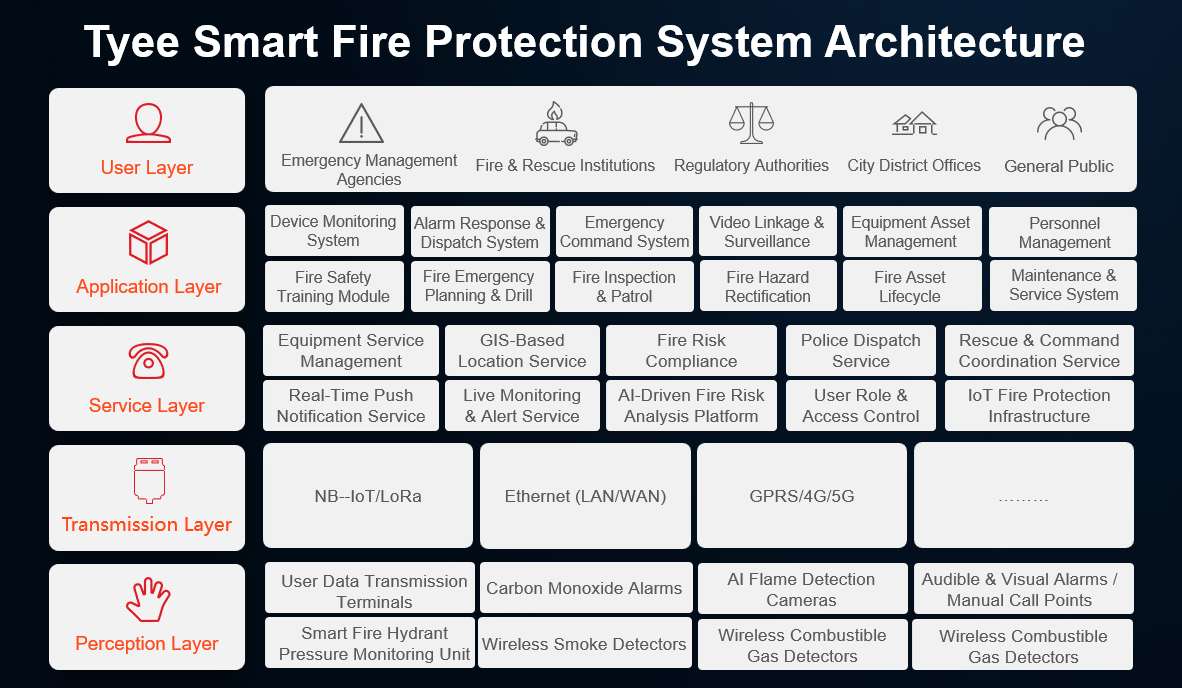
It is important to know how TYEE’s intelligent fire alarm systems work together. The system architecture is like a map. It shows how each part connects and talks to the others. TYEE builds its fire alarm systems in layers. Each layer has a job to help keep you safe.
The main control panel is at the center. This panel is like the brain. It collects information from all sensors and devices. Smoke detectors, heat detectors, and manual call points are placed around your building. These devices send signals to the control panel if they sense danger.
The next layer is the communication network. TYEE uses a digital bus system. This system lets all devices talk to the control panel fast. You get alerts quickly because the system handles signals in seconds. The network can support many devices. You can protect big buildings or connect more than one building.
Input and output modules are also part of the system. These modules help the fire alarm systems link with other safety systems. For example, when the alarm sounds, the system can turn on emergency lights or unlock doors. This helps people leave the building faster and safer.
TYEE’s system lets you check your fire alarm from far away. You can see the status from a control room or your phone. This helps you act fast in emergencies, even if you are not there.
Note: TYEE’s system architecture uses smart technology and strong networks. You get protection you can trust and quick action every time.
Overall Design Concept

Adopting a “human-based + technology-based + physical-based” model, TYEE fully leverage cutting-edge technologies such as 5G, big data, cloud computing, and artificial intelligence. This system enables the perception, identification, localization, and tracking of people, equipment, environments, and events, creating an integrated system that combines monitoring, dispatch, command, analysis, and decision-making capabilities.
Human Defense
Clear roles are assigned across fire zones—leaders supervise, officers manage safety, and security staff handle patrols. All actions and data are reported and tracked through a mobile app to ensure transparency and accountability.
Technical Defense
The integrated smart fire management platform receives real-time data from both human and physical defense components. It enables fast response actions, accurate delivery of alarm notifications, intelligent risk analysis, and identification of potential hazards.
Physical Defense
Legacy fire equipment is upgraded and connected via IoT, while advanced sensing devices are installed across facilities. These devices provide comprehensive perception, real-time detection, early warning capabilities, intelligent linkage, and tiered emergency response strategies.
Fire Alarm Technology Features
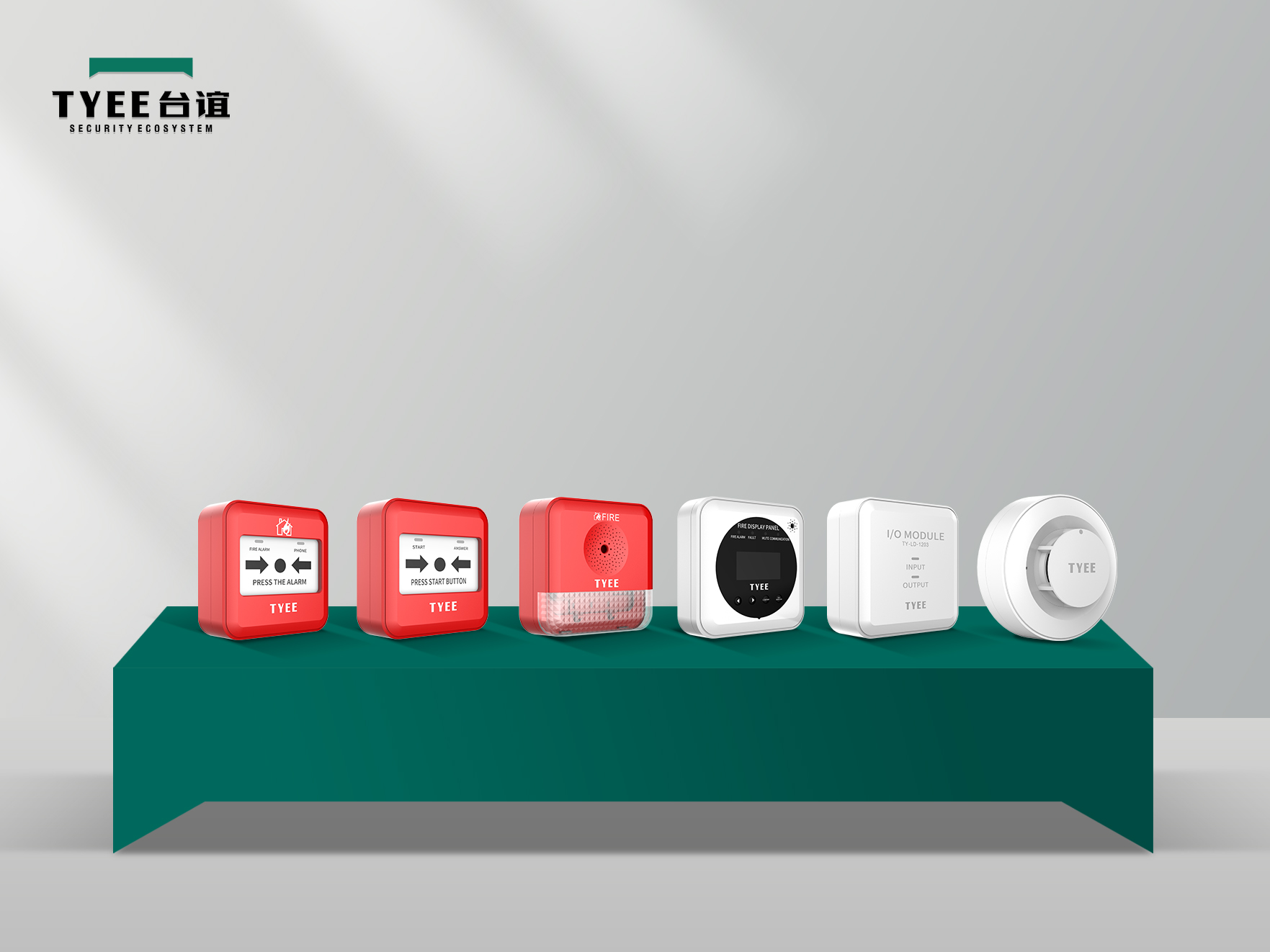
Multi-Sensor Detection
You want a fire alarm that finds danger fast and well. TYEE’s smart fire alarm system uses advanced sensors for this job. These systems use different sensors like smoke, heat, and gas. Each sensor checks for fire in its own way. Using more than one sensor helps the system find fires early. It also helps avoid mistakes.
Multi-sensor information fusion means the system uses data from all sensors. This method lets the system double-check itself. If one sensor misses something, another can catch it. The sensors work together to make the system more accurate and reliable. For example, using vibration features from many sensors can raise accuracy from 75% to almost 99%. Some smart systems use fuzzy logic to make accuracy even higher, up to 98.7%. This means you get fewer false alarms and more real alerts.
-
-
Find fires early with advanced sensors
-
Lower false alarms by checking sensor data
-
Get reliable alerts in many places
-
Smart detection systems also use decision-level fusion. Each sensor makes its own guess, and the system puts these guesses together. This works better than just mixing raw data, especially when signals are mixed up or there is interference. You get a smart fire alarm system that gives you peace of mind and strong early warnings.
Distributed Intelligence
Distributed intelligence is an important part of TYEE’s fire alarm technology. In a smart fire alarm system, each sensor and device can think for itself. The system does not depend on just one brain. Every part helps make choices. You get a network of smart systems that work together.
Using distributed intelligence lowers the chance of false alarms. Each sensor checks its area and shares what it finds. The system compares all the data before sending alerts. This teamwork makes the system smarter and more correct. For example, old single-sensor systems can have false alarm rates as high as 97%. With multi-sensor fire detection and distributed intelligence, the false alarm rate drops a lot. Some AI-based multi-fusion systems have false alarm rates as low as 0.61% and accuracy up to 98.72%.
|
Detection Approach |
False Alarm Rate (%) |
Accuracy Rate (%) |
Notes |
|---|---|---|---|
|
Traditional Systems |
3.4% to 29.49% |
N/A |
Range of false alarm rates across various traditional systems. |
|
AI-based Multi-Fusion Systems |
As low as 0.61% |
Up to 98.72% |
Deep learning and multi-fusion techniques significantly reduce false alarms and improve accuracy. |
Distributed intelligence also helps the system adjust to changes. If one sensor fails or gets blocked, the others keep working. You always get alerts when you need them. This makes TYEE’s fire alarm technology strong and dependable.
Fast Digital Communication
Speed is important when you need to know about a fire. TYEE’s smart fire alarm system uses fast digital communication to send alerts right away. The system connects all sensors and devices with a digital bus. This network lets information move quickly from one part of the building to another.
When a sensor finds smoke or heat, the system sends an alert to the main control panel in seconds. You do not have to wait for slow signals. Fast digital communication means you get alerts in real time, so you can act fast. This is important for smart detection systems because it helps keep everyone safe.
TYEE’s fire alarm technology also lets you check the system from far away. You can see the system from a control room or your phone. This way, you always know what is happening, no matter where you are. The system’s fast digital communication and networking features work well, even in hard places like subway construction sites where smoke spreads fast and it is hard to see.
Note: Fast digital communication in smart fire alarm systems gives you quick, correct alerts and helps you respond to emergencies right away.
User-Friendly Interface
You want a fire alarm system that is easy to use, even in stressful situations. TYEE’s smart fire alarm system gives you a user-friendly interface that helps you act quickly. The large LCD display shows clear information about the building’s safety. You can see real-time data, such as smoke levels and temperature, right on the screen. This makes detection simple and fast.
You do not need special training to use the system. The menu uses clear icons and simple words. You can check the status of each sensor with just a few taps. If the system finds a problem, it shows you exactly where it is. You get step-by-step instructions on what to do next. This helps you respond to alerts without confusion.
Tip: The smart fire alarm system lets you test and reset devices from the main panel. You do not have to walk around the building to check each sensor. This saves you time and keeps your building safe.
The interface also supports multiple languages. You can choose the language that works best for you and your team. The system uses color codes and sound signals to make sure you notice important alerts. Red means danger. Green means everything is safe. Yellow tells you to check something soon.
You can also use the system to review past events. The logbook records every detection, alarm, and reset. This helps you learn from past incidents and improve your fire safety plan. TYEE’s design puts you in control, so you always know what is happening in your building.
Evacuation System Highlights
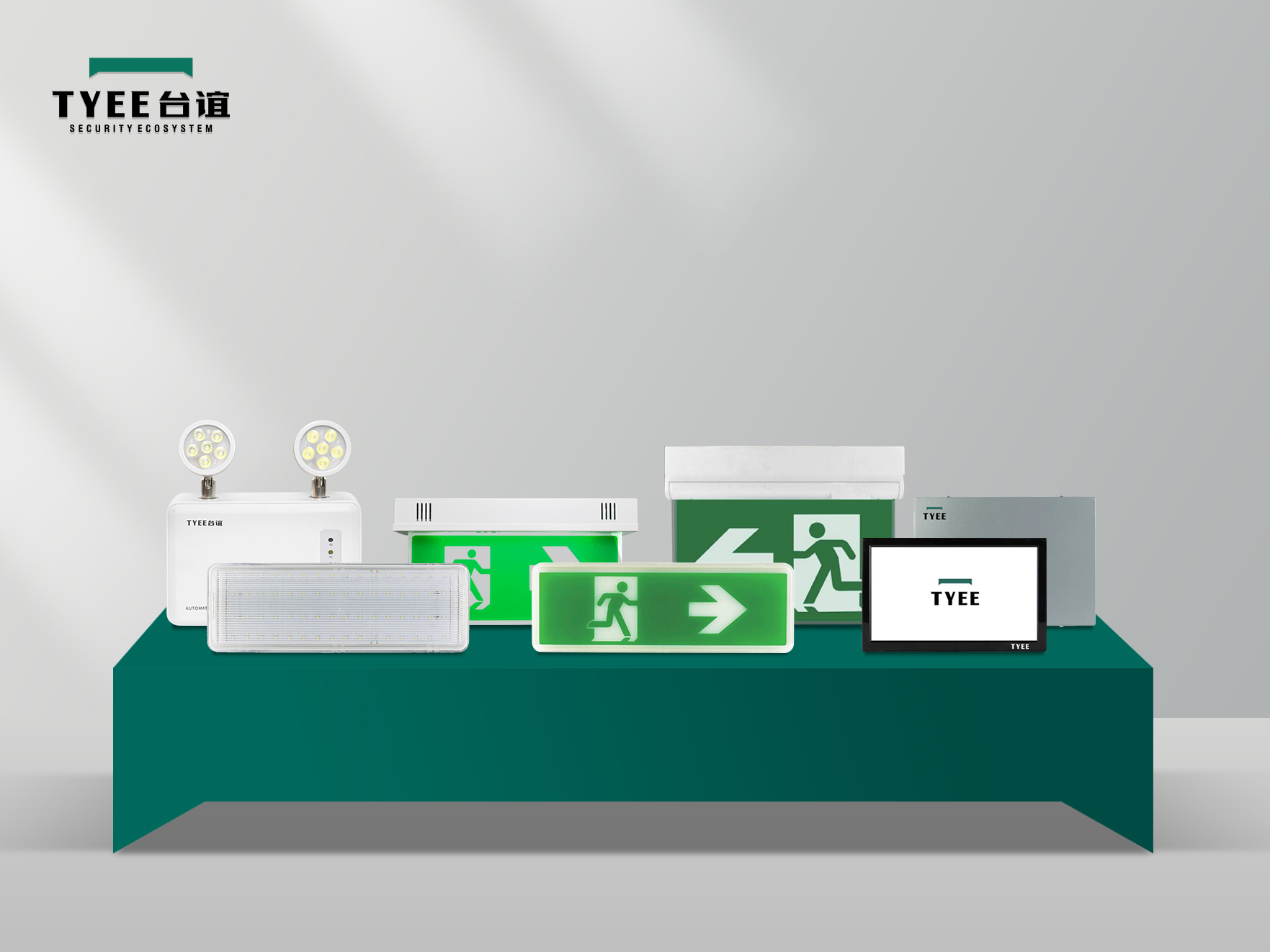
Emergency Lighting
You need to see where to go in a fire. Emergency lighting helps you find your way, even if the power is out. Bright lights in halls, stairs, and at exits show you the safe path. These lights help people stay calm and not panic. You can count on emergency lighting to work when you need it.
-
Emergency lighting and signs help people leave faster.
-
Bright lights on escape paths show you where to go.
-
Emergency lighting helps you see during blackouts and leads you to exits.
-
OSHA and NFPA 101 say emergency lights must last at least 90 minutes and keep exit paths bright enough.
-
Monthly checks and yearly tests make sure the lights always work.
-
Fire alarm systems can turn on emergency lights right away in a fire.
-
Fire drills with live lighting tests help find and fix problems early, making evacuations safer.
When you have good emergency lighting, you can get out faster and safer. This system helps you know where to go in an emergency.
Exit Sign
Exit sign gives you directions right away in an emergency. These signs update fast if things change. You see arrows, messages, or maps that show the best way out. At Boston Children’s Hospital, staff and patients left 24% faster when exit signs showed live routes and special instructions. This proves digital signage helps people leave quickly.
-
Exit signs give updates that change fast to match the emergency.
-
Messages can be different for each area, so people get the right info.
-
Automation sends the right message right away, which is important in emergencies.
-
Signs can use many languages and help everyone understand.
-
Signs connect to building systems and show real-time danger info.
-
Clear pictures and moving messages help people stay calm and follow directions.
You can trust Exit signage to help you and others find the safest way out.
Voice Evacuation
Voice evacuation systems use spoken words to tell you what to do. These systems give clear steps, so you do not get confused or scared. Studies show over 90% of people start leaving when they hear a voice alarm. About 40% act when they hear an early warning voice alarm, but bells do not work as well.
| Finding Description | Statistical Result |
|---|---|
| Voice alarms prompt people to start evacuating | More than 90% begin to leave |
| Early warning voice alarms lead people to take some action | About 40% respond (e.g., check or leave) |
| Bell-only alarms are not widely recognized as fire alarms | Less than 50% know a bell means fire |
| Switching from early warning tone to a voice alarm triggers stronger action | Over 90% check or start evacuating |
Voice evacuation systems are very important in emergencies. You get clear instructions that help you make good choices. This technology helps everyone get out safely.
Real-Time Monitoring
You need to know what happens in your building during an emergency. Real-time monitoring gives you this power. TYEE’s intelligent fire alarm system lets you see live updates from every sensor and device. You can watch the status of smoke detectors, heat sensors, and emergency lights as events unfold. This helps you make smart choices fast.
When a fire starts, every second counts. Real-time monitoring shows you where the danger is right away. You see which areas have smoke or heat. You know which exits are safe. This information helps you guide people to safety. You can use this data to improve your building evacuation strategies. You do not have to guess or wait for reports. The system gives you facts as they happen.
TYEE’s system connects all devices through a digital network. You get alerts on a control panel, computer, or even your phone. You can check the system from anywhere. If you manage a large building, you can see every floor and every room. You know if someone presses a manual call point or if a door unlocks for evacuation. This makes your response faster and more accurate.
Tip: Use real-time monitoring to run fire drills. You can watch how people move and see if they follow the right paths. This helps you find weak spots in your plan and fix them before a real emergency.
The system also keeps a record of every event. You can look back at past alarms and see how the system worked. This helps you learn and get better at keeping people safe. TYEE’s technology uses smart sensors and fast communication. You get updates in seconds, not minutes.
Real-time monitoring also helps you spot problems before they get worse. If a sensor stops working, the system tells you right away. You can fix it before it becomes a risk. This keeps your fire safety system strong and ready.
TYEE’s real-time monitoring supports evacuation by giving you clear, live information. You can lead people out safely and quickly. You can trust the system to help you protect everyone in your building.
Smart Fire Alarm and Evacuation Systems Benefits
Enhanced Fire Safety
You want to keep your building and everyone inside safe. Smart fire alarm and evacuation systems give you stronger fire safety than older systems. These systems use advanced sensors and smart technology to spot danger early. You get alerts before a fire grows, so you can act fast.
With smart systems, you do not just get a loud alarm. You get clear directions, emergency lighting, and real-time updates. These features help you and others find safe exits quickly. The system also helps emergency response teams by showing them where the fire started and how it spreads. This information lets them plan the best way to help you.
Smart fire alarm systems work well in many places. You can use them in schools, hospitals, offices, or large stadiums. They adapt to different building sizes and layouts. You get a system that fits your needs and keeps everyone safer.
Tip: Using smart fire safety measures means you lower the risk of injury and damage. You also help first responders do their jobs better.
Reduced False Alarms
False alarms can waste time and cause confusion. Smart fire alarm systems use special algorithms and high-quality devices to cut down on these mistakes. You get fewer false alarms, so you know when a real emergency happens.
-
Sequential logic and cross-zone checks can lower false alarms by 25% to 70%.
-
Regular maintenance and updates keep alarm accuracy above 95%.
-
Good device selection and careful installation can reduce nuisance alarms by up to 40%.
-
Training for users can cut user-caused false alarms by 50% or more.
-
AI filters out signals from steam, dust, or other harmless sources, reducing environmental false alarms by up to 70%.
|
Method |
Detection Rate (%) |
False Alarm Rate (%) |
Accuracy (%) |
|---|---|---|---|
|
Earlier Methods |
~95-97 |
90.32 – 93.63 |
|
|
Intelligent Fire Detection |
98.78 |
5.01 |
96.26 |
Smart systems use data from many sensors and check for real danger before sounding the alarm. This means you can trust the alerts you get. You spend less time on false alarms and more time on real fire safety.
Rapid Response
When a fire starts, every second matters. Smart fire alarm systems help you respond faster. The system sends alerts right away, so you can act before the fire spreads. You get clear instructions and real-time updates on your control panel or phone.
Smart systems track how long it takes from the first sign of danger to the arrival of emergency response teams. This helps you see where you can improve your response. Some systems use advanced tools to watch how fast help arrives and show you ways to get better.
-
Fast response times protect people and property.
-
Real-time data helps you make quick decisions.
-
Smart systems help emergency response teams find the fire and plan their actions.
You can use these systems to run fire drills and see how well your team responds. This practice helps you get ready for real emergencies. Smart fire alarm systems give you the tools to act quickly and keep everyone safe.
Cost Efficiency
You want a fire alarm system that keeps you safe and saves you money. Smart fire alarm and evacuation systems help you do both. These systems use advanced technology to lower costs over time. You spend less on repairs and false alarms. You also save on energy and maintenance.
When you use a smart system, you get fewer false alarms. This means you do not waste money on emergency calls that are not needed. You also avoid fines from local fire departments. Many cities charge for repeated false alarms. A smart system helps you avoid these extra costs.
Smart fire alarm systems last longer than older systems. The parts are strong and need less fixing. You do not have to replace sensors or alarms as often. This saves you money on new equipment. The system can also test itself. You do not need to pay someone to check every device by hand.
You can connect your fire alarm system to other building systems. This lets you control lights, doors, and air systems from one place. You use less energy because the system only turns on what you need during an emergency. This helps lower your power bills.
Tip: Investing in smart fire safety measures now can save you a lot of money later. You avoid big repair bills and keep your building safe at the same time.
Here is a quick look at how smart fire alarm systems help you save:
|
Cost Area |
Traditional System |
Smart System |
|---|---|---|
|
False Alarm Fines |
High |
Low |
|
Maintenance |
Frequent |
Less Often |
|
Energy Use |
Higher |
Lower |
|
Equipment Lifespan |
Shorter |
Longer |
You get better fire safety and spend less money over the life of your system.
Adaptability to Environments
Every building is different. You need a fire alarm system that fits your space. Smart fire alarm and evacuation systems work in many places. You can use them in schools, hospitals, offices, or shopping malls. The system can change as your needs change.
You can add more sensors or alarms if your building gets bigger. You can also connect the system to new safety tools. This makes it easy to keep up with new fire safety rules. The system can handle different layouts and building sizes. You do not have to buy a whole new system if you move or grow.
Smart fire alarm systems work well in tough places. They can handle dust, steam, or changes in temperature. You get strong fire safety even in factories or subway stations. The system can also work with other safety systems, like sprinklers or emergency lights. This gives you full protection.
Note: You can trust a smart fire alarm system to keep you safe, no matter where you are. The system adapts to your building and your needs.
You get peace of mind knowing your fire safety system will work in any environment. This helps you protect people and property every day.
Implementation of Intelligent Fire Alarm Systems
Site Assessment
Every fire alarm project starts with a site check. This helps you know what your building needs. A fire safety expert comes to look at your building. They check the layout, the materials, and any dangers. You collect papers about your current systems. You also check if you follow fire safety rules. Local codes and laws are reviewed to keep your building safe.
A good site check uses both tech and expert advice. For example, seismic checks use live ground shaking data from many sensors. This helps you plan for earthquakes and other risks. GIS-based tools help map your building and find problem spots. These tools sort your building into risk zones. This makes it easier to plan your fire alarm system.
Here is how a site check usually goes: 1. Gather building and system papers. 2. Check fire safety rules and codes. 3. Walk through the building with an expert. 4. Use risk models and maps to spot dangers. 5. Make a plan for your fire alarm system.
Tip: A strong site check helps you avoid problems later. You get a safer building and a system that fits your needs.
System Installation
After the check, you start installing the system. You want it to work well and meet all safety rules. A fire safety expert leads the team. They put sensors, alarms, and control panels in the best places. You follow a clear plan so every device covers the right area.
You use new tools and follow good steps. Sometimes, you use wireless tech to skip extra wires. This saves time and money, especially in old buildings. You test each device as you put it in. This makes sure everything works before you finish.
During setup, you: – Put smoke and heat detectors in key spots. – Place manual call points near exits. – Connect alarms and lights to the main panel. – Test each part for problems.
You write down every step. This helps prove your system meets fire safety rules. It also makes fixing or upgrading the system easier later.
Integration with Building Systems
Your fire alarm works best when it links with other building systems. This lets you control lights, doors, and air from one place. You can connect your fire alarm to cameras, HVAC, and emergency lights. This makes your building safer and smarter.
Modern systems use many sensors to check for real danger. They look at data from different sensors to stop false alarms. You can use video to see if there is really a fire. Smart analytics and machine learning help tell real danger from harmless things. You can set up special rules for your building, so the system fits your needs.
When you link your fire alarm system, you get: – Faster and better alerts. – One place to control all safety systems. – Better talk with emergency teams. – 24/7 checks, even when no one is there.
A new study showed that linking fire alarms with building systems helps control and lowers mistakes. The system can even guess air quality and help keep your building healthy. You get a safer, more efficient building that meets all fire safety needs.
Scalability and Customization
You want a fire alarm system that can grow with you. TYEE’s intelligent fire alarm solutions let you do this. You can start small and add more devices later. If your building gets bigger, you do not need a new system. You just add new sensors, alarms, or control panels when needed.
A fire safety expert helps you pick the right parts. You can choose from many detectors, alarms, and modules. The system lets you set special rules for each area. For example, you can make alarms louder in busy spots. You can also add more lights in dark places.
Tip: Customizing your system helps you follow local fire safety rules and meet your building’s needs.
You can connect the system to other safety tools too. This includes emergency lighting, digital signs, and voice alarms. The system works in schools, hospitals, and factories. You get a solution that fits your space and keeps people safe.
Training and Support
You need to know how to use your fire alarm system. TYEE gives you full training and support. A fire safety expert teaches you how the system works. You learn to test alarms, check sensors, and use the control panel. This training helps you act fast in emergencies.
TYEE supports you after the system is set up. You can call for help if you have questions or problems. The company gives you guides and videos to help you learn. Regular updates keep your system working well. You can ask for more training if you hire new staff.
Note: Good training and support help you use your fire safety system well. You feel ready for any emergency.
Real-World Fire Safety Applications
TYEE’s intelligent fire alarm systems work in many real places. You see them in airports, museums, and sports centers. For example, the Hangzhou Olympic Sports Expo City uses TYEE’s system to protect thousands of people. The system gives fast alerts and helps people get out safely.
Hospitals and schools trust TYEE for fire safety. The systems help staff and students leave quickly during drills. In factories, the alarms work well even with dust and noise. TYEE’s technology also protects metro stations and large dams.
|
Location Type |
TYEE Solution Used |
Benefit Provided |
|---|---|---|
|
Airports |
Smart alarms, lighting |
Fast response, safe evacuation |
|
Hospitals |
Multi-sensor detection |
Early warning, clear guidance |
|
Factories |
Custom modules |
Reliable alerts, fewer false alarms |
You can trust TYEE’s systems to keep people safe in many places. The company’s experience and strong support make it a top choice for fire safety.
Why Choose TYEE?

Brand Strengths
You want a fire safety partner you can trust. TYEE is special because it has a strong background and lots of experience. The company has worked in fire safety for over 30 years. TYEE has finished more than 5,000 projects. You can see their skill in every product and service.
TYEE has many international certifications. These include ISO9001, ISO14001, UL, CE, LPCB, and GOST. These show TYEE meets tough rules for quality and safety. You can trust TYEE’s products to protect your building and everyone inside.
TYEE uses advanced design tools like CATIA and SOLIDWORKS. These help engineers make safe and modern fire safety products. TYEE tests every product in labs with high standards. This means the equipment works well, even in hard places.
-
More than 5,000 projects finished
-
International certifications for safety and quality
-
Advanced design and testing
You get a brand that cares about your safety and always tries to get better.
Product Excellence
You need fire safety products that work when you need them. TYEE makes products for real-life problems. Each device can handle tough places. TYEE products have an IP65 rating, so they keep out dust and water. They work in temperatures from -20°C to 55°C. You do not have to worry about rust or losing power. Every product has at least 90 minutes of battery backup.
TYEE uses smart technology in its systems. You get help from AI, IoT, and multi-sensor detection. These features help find fires early and stop false alarms. TYEE’s products connect easily with building management systems. You can control everything from one spot.
TYEE follows careful project steps. The team checks every design and reviews each step before putting it in. This makes sure you get good products every time.
TYEE’s products protect big projects like Hangzhou Metro Line 3 and Gwadar New International Airport. These important places show how good TYEE’s products are.
Global Recognition
You want a fire safety brand that people trust everywhere. TYEE is known in many countries for being reliable. The company’s products meet world standards and win awards for new ideas and quality. TYEE’s solutions protect airports, metros, museums, and big shopping centers.
Many top companies and public places use TYEE. You find TYEE systems in hospitals, schools, and factories. The brand’s worldwide reach shows people everywhere trust TYEE for safety.
-
Trusted by big projects around the world
-
Known for new ideas and being reliable
-
Picked by leaders in many fields
When you choose TYEE, you join a worldwide group that cares about safety, quality, and peace of mind.
TYEE’s intelligent fire alarm solutions help you find fires early. They lower false alarms and let you act fast. The system matches your building and keeps everyone safe. Using smart fire safety technology protects people and things you care about.
-
Ask an expert for help with your building
-
Watch a demo or get a plan made just for you
Go to tyeefire.com or call +86-400-8666-119 to learn more. Be prepared for anything that might happen!
FAQ
What makes TYEE’s intelligent fire alarm system different?
You get advanced multi-sensor detection, AI-powered alerts, and real-time monitoring. The system reduces false alarms and adapts to many building types. TYEE’s technology helps you act fast and keeps people safe.
Can you install TYEE’s fire alarm system in old buildings?
Yes, you can. TYEE’s system works in both new and old buildings. You can use wireless options to avoid extra wiring. The system fits many layouts and building sizes.
How does the system help reduce false alarms?
TYEE uses smart algorithms and multi-sensor fusion. The system checks data from different sensors. This helps you get real alerts and fewer false alarms.
Do you need special training to use the system?
No, you do not. TYEE’s user-friendly interface makes it easy for you to learn. You get clear menus, step-by-step guides, and support from TYEE experts.
Can you monitor the system remotely?
Yes, you can. TYEE’s system lets you check alarms and alerts from your phone or computer. You stay informed about your building’s safety anytime, anywhere.
What happens if a sensor stops working?
The system tells you right away if a sensor fails. You get an alert on the control panel. You can fix the problem quickly to keep your building safe.
How often should you test the fire alarm system?
You should test the system at least once a month. Regular checks help you find problems early. TYEE’s system also supports automatic self-testing.
Who can you contact for support or questions?
You can contact TYEE’s support team by phone or through their website. Experts help you with installation, training, and any questions you have.
Need more help? Visit tyeefire.com or call +86-400-8666-119 for expert advice.

